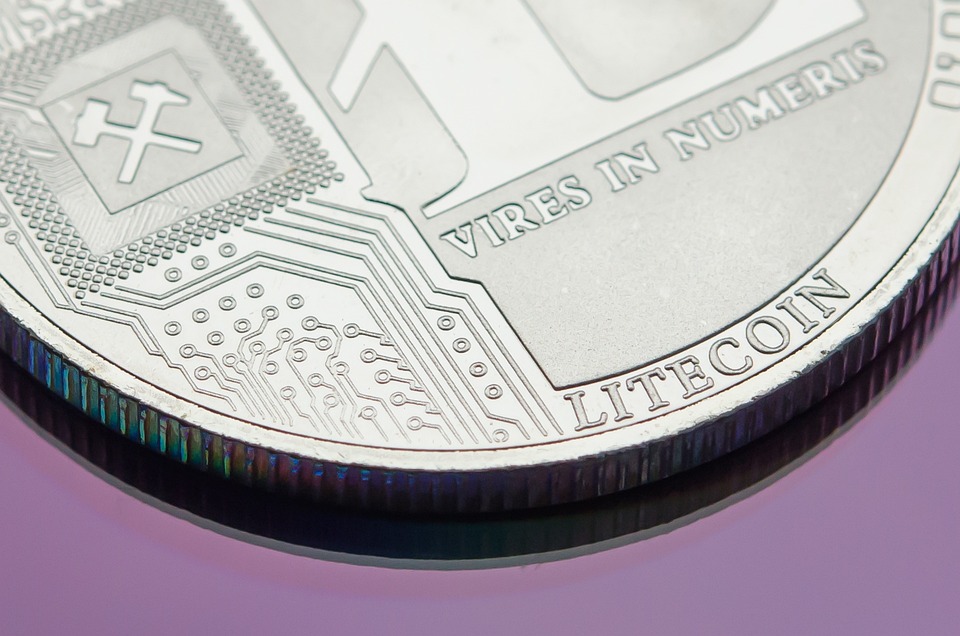Smart contracts have come a long way since they first appeared as a concept in computer science and cryptography. Initially proposed by computer scientist Nick Szabo in the 1990s, smart contracts have evolved from a theoretical idea to a practical application in the world of blockchain technology.
The concept of a smart contract is simple: it is a self-executing agreement with the terms of the contract directly written into lines of code. This code is stored on a blockchain, making it immutable and trustless. Smart contracts are designed to automatically enforce the terms of the agreement, without the need for intermediaries or third parties.
The advent of blockchain technology, most notably with the creation of Ethereum in 2015, provided the infrastructure needed to make smart contracts a reality. Ethereum introduced a programming language called Solidity, which allows developers to create and deploy smart contracts on the network.
The potential use cases for smart contracts are vast. They can be used for simple transactions, such as transferring ownership of a digital asset, or for more complex applications, such as creating decentralized applications (dApps) or autonomous organizations.
Over the years, there have been several key milestones in the evolution of smart contracts. In 2017, the first successful Initial Coin Offering (ICO) was launched on the Ethereum platform, raising millions of dollars in a matter of minutes through the use of smart contracts. This demonstrated the power and efficiency of using smart contracts for fundraising purposes.
In recent years, there has been a growing interest in using smart contracts for more traditional legal agreements. Companies like OpenLaw and Clause have developed platforms that allow users to create legally binding contracts using smart contract technology. These platforms aim to streamline the process of creating, executing, and enforcing contracts, while also reducing the risk of disputes and fraud.
Despite their potential, smart contracts are not without their challenges. One of the main concerns is the lack of flexibility in the code once it has been deployed on the blockchain. Bugs or vulnerabilities in the code can lead to security breaches or financial losses. Additionally, the legal enforceability of smart contracts is still being debated in many jurisdictions.
As smart contracts continue to evolve and mature, it is likely that we will see increased adoption in various industries. From supply chain management to real estate transactions, smart contracts have the potential to revolutionize how we conduct business and interact with each other.
In conclusion, the evolution of smart contracts from theory to practice has been a fascinating journey. While there are still challenges to overcome, the benefits of using smart contracts are clear. As the technology continues to improve and gain acceptance, we can expect to see even more innovative applications and use cases in the future.




